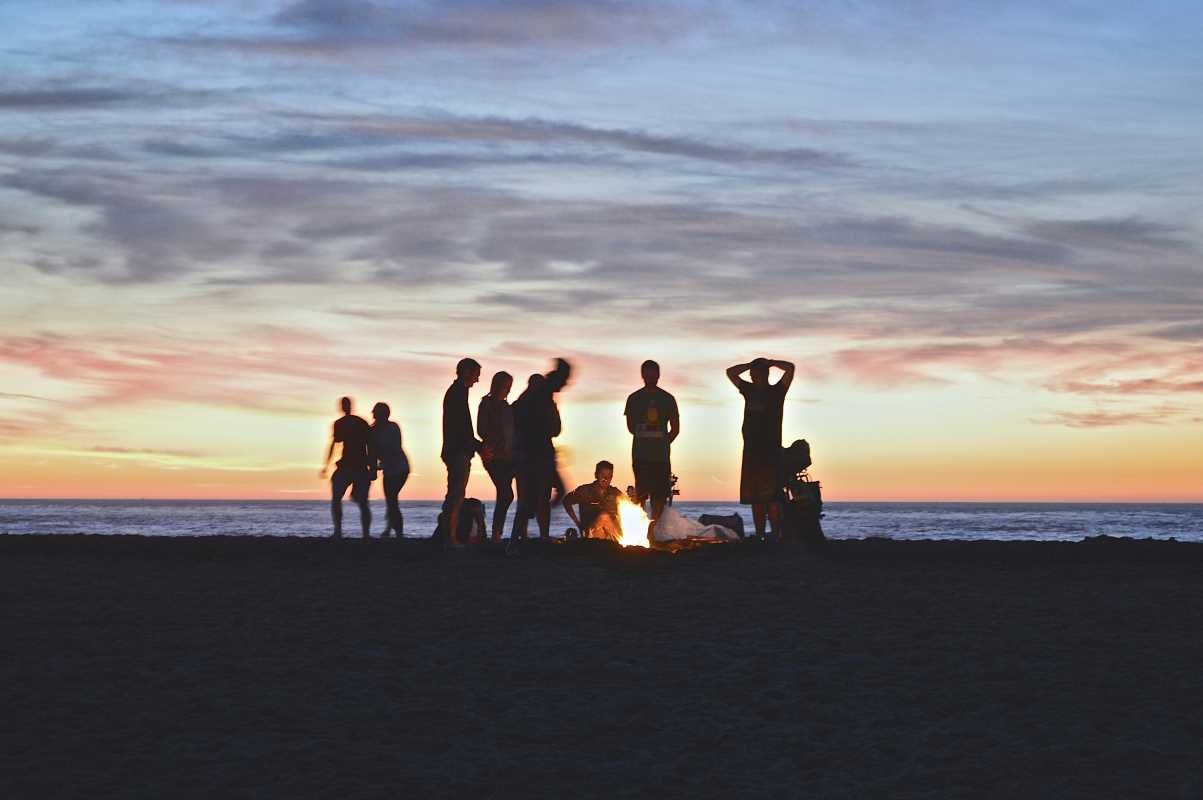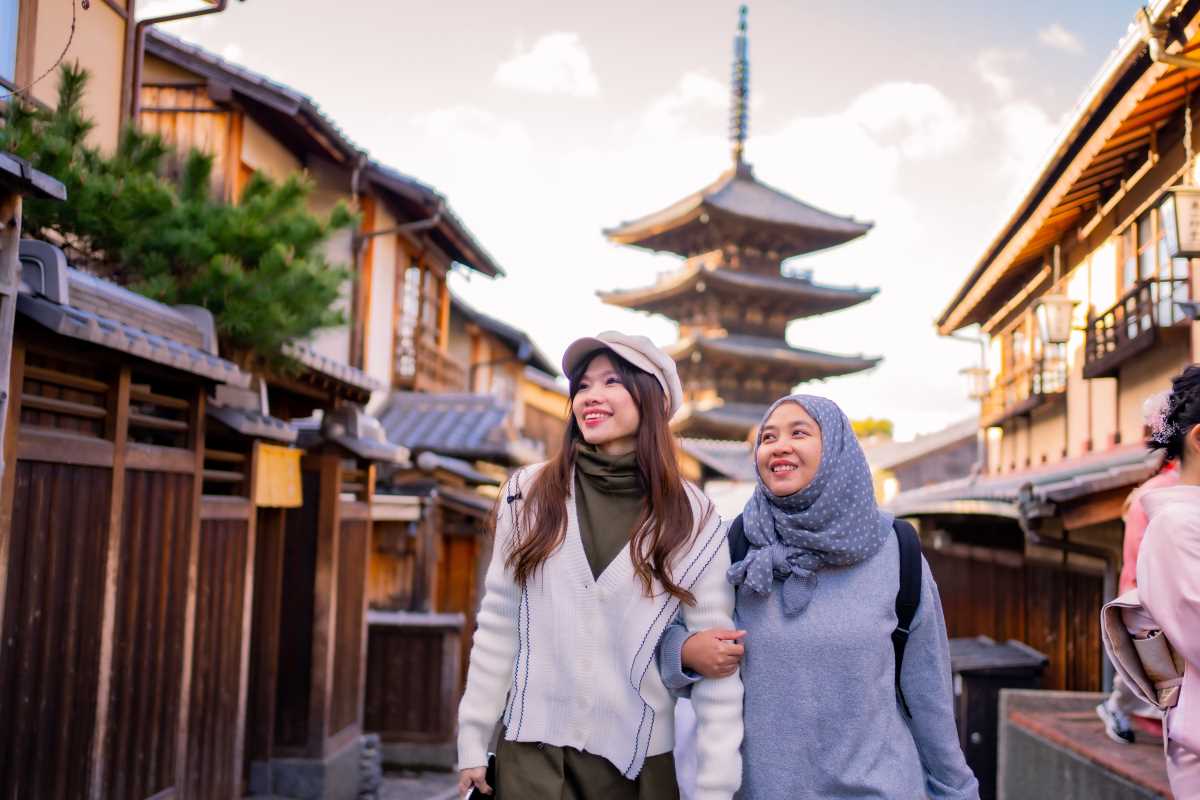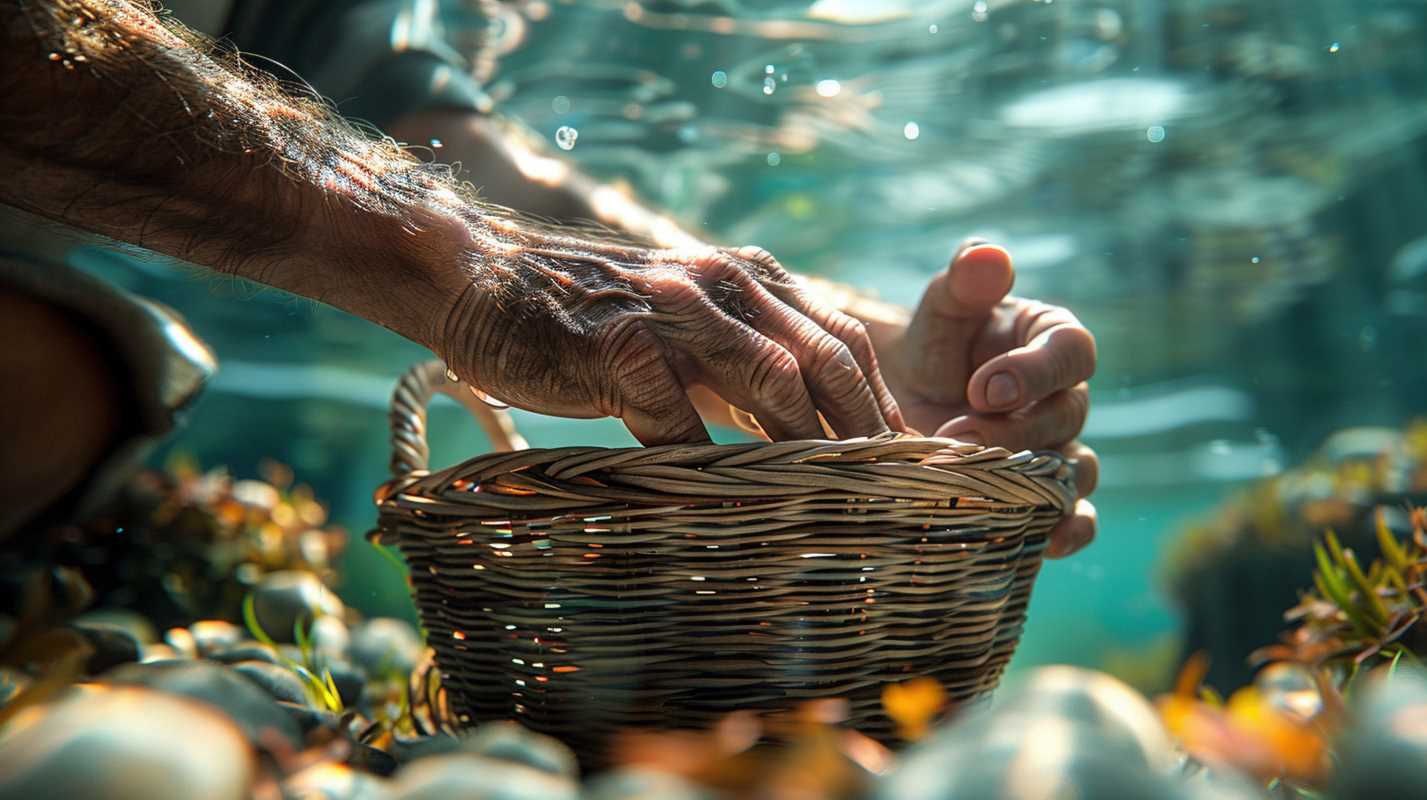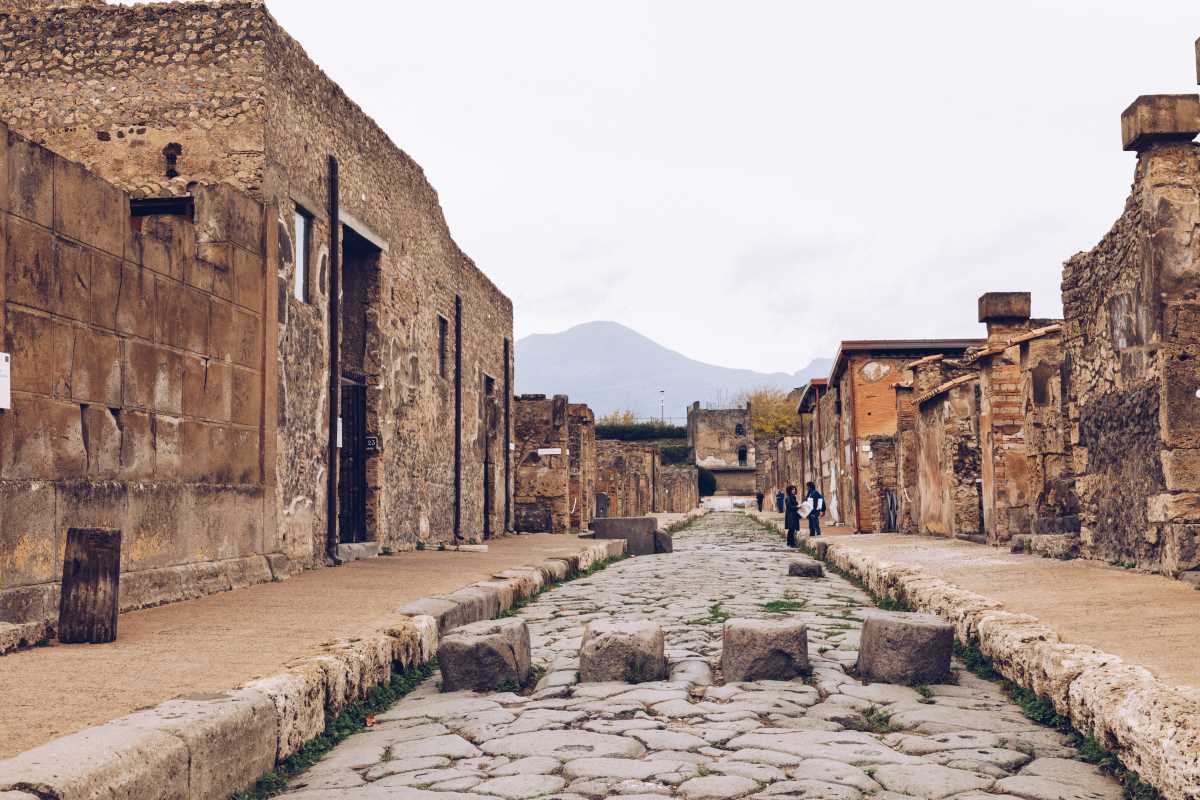A twilight-lit courtyard hums with quiet excitement as people gather, their anticipation growing with the flicker of a nearby fire. The storyteller arrives, and everyone leans closer, drawn in by the warmth of shared experience. Without any technology or scripted recordings, voices begin to shape an ancient tale, each word passed down through generations. The cadence of these voices echoes traditions that have lasted for centuries, filling the night with a sense of connection and wonder. Gathered together, listeners become part of a living story, reminded that storytelling continues to thrive in the simple act of sharing and listening together in the moment.
Discovering Cultural Threads
When you immerse yourself in live narratives, you uncover how communities anchor their identities in folklore. Each tale functions like a living tapestry, alive with regional dialects, local symbolism, and the heartbeat of the land where it first took shape.
By witnessing a narrative in its original setting, you gain fresh perspective on customs that survive through oral transmission. You’ll sense how a mountain myth shifts its tone when told beneath starlight, or how a coastal legend gains salt-sweet resonance as waves lap nearby.
Echoes of Place in Every Tale
A story told in a centuries-old street carries different energy than one shared in a modern gallery. You’ll notice how ambient details—clinking pottery, distant church bells, even the scent of pine—enrich each moment. That immersion turns passive listening into a lively exchange, where you become part of the narrative’s pulse.
Essential Gear and Planning
- Layered Clothing Kit – Outfit your adventure to match varying temperatures at outdoor venues.
- Steps:
- Select moisture-wicking base layers to stay dry.
- Add insulating mid-layers that you can remove or tie around your waist as the fire cools.
- Top off with a wind-resistant shell if breezes pick up.
- Cost: $80–$150 for quality pieces (varies by brand).
- Insider tip: Pack a light rain poncho—you’ll stay comfortable even if weather changes suddenly.
- Steps:
- Portable Seat Pad – Provide comfort when traditional benches or cushions aren’t available.
- Steps:
- Choose a foldable, closed-cell foam pad that compresses small.
- Attach it to your backpack with carabiners for easy access.
- Clean with a damp cloth after each tour to maintain durability.
- Cost: $20–$35.
- Insider tip: Pick a bright color to avoid leaving it behind in dimly lit venues.
- Steps:
- Handheld Lantern – Illuminate footpaths safely before and after performances.
- Steps:
- Use a rechargeable LED lantern with adjustable brightness.
- Mount it on a collapsible stand or hang it from a tree branch as needed.
- Switch to low-power mode during narration to avoid distracting performers.
- Cost: $25–$40.
- Insider tip: Keep extra charging cables in a waterproof pouch to protect them from dew.
- Steps:
- Notebook and Pencil Set – Capture vivid details and quotes that resonate later.
- Steps:
- Choose a weather-resistant notebook to handle unexpected mist.
- Carry a mechanical pencil with refill leads to avoid running out of graphite.
- Jot down sensory impressions—smells, ambient sounds, or gestures you witness.
- Cost: Under $15 for a quality set.
- Insider tip: Reserve the first page for a quick sketch of the venue’s layout to jog memory afterward.
- Steps:
- Voice Memo App – Record your own reflections or quick voice prompts after each session.
- Steps:
- Open the built-in recording feature on your smartphone.
- Label each memo with the storyteller’s name and location before saving.
- Back up files to cloud storage within 24 hours.
- Cost: App is free; cloud plans start at ~$5 per month.
- Insider tip: Record a 10-second environmental sound snippet at the venue’s start to anchor your memory.
- Steps:
Engaging with Living Folk Traditions
- Investigate local community centers or cultural heritage organizations that host open-mic storytelling nights. These spaces often welcome newcomers and share workshop schedules online.
- Visit village squares or old town plazas near sunset—local narrators sometimes gather spontaneously in public spots. Look for small wood piles or lantern clusters indicating a gathering.
- Follow social media hashtags tied to regional folklore enthusiasts. You’ll spot event updates and meet fellow fans who swap tips on unadvertised performances.
Joining storytelling tours: A Step-by-Step Guide
- Decide on your theme: Think about whether you want nature myths, ghost tales, or heroic sagas. Narrowing your focus helps you find guides who specialize in that genre.
- Compare providers: Look at small-group offerings or larger festivals based on group size, tour duration, and cost. Budget-friendly options can start around $30, while immersive multi-hour experiences may run $70–$100.
- Check language options: Confirm whether the storyteller speaks your preferred language or offers translations. Some tours include simultaneous written summaries if you don’t understand local dialects.
- Book in advance: Secure your spot through the organizer’s website or local tourism office. Popular summer tours fill up quickly, so try to book four to six weeks ahead when possible.
- Confirm the meeting point: Receive precise directions or a map pin via email. Clarify any public transport connections or parking instructions to arrive without stress.
Tips for Maximum Engagement
- Scout the venue early: Arrive 15 minutes before the start helps you find a seat near the storyteller and observe how the space feels under shifting light. You’ll notice ambient sounds and traffic patterns that shape the mood of the performance. Insider tip: look for seating slightly elevated to catch subtle facial expressions and hand gestures.
- Engage with fellow listeners: Strike up conversations before the show begins to learn which local anecdotes others have heard. These brief chats can uncover unpublicized events and insider meeting spots. Insider tip: ask if someone has attended previous editions of the same series—you’ll gather hints on how the stories evolve over time.
- Bring a small offering: In many cultures, guests give a token—such as a locally baked bread or a sprig of fresh herbs—to honor the storyteller’s craft. Check with the host in advance to know what’s appropriate. Insider tip: package edible items in a small cloth wrap that you can discreetly present at the start.
- Participate in Q&A wisely: Save your questions about story origins or cultural significance for the end, when the narrator invites them. Frame your queries by referencing specific lines or imagery you found captivating. Insider tip: jot down a question in your notebook during the performance so you don’t forget your exact wording.
- Share your experience online: Tag the venue’s official social account and mention the storyteller by name. This recognition often leads to shout-outs and can unlock invitations to exclusive gatherings. Insider tip: post a brief, image-rich recap within 24 hours to maximize algorithm reach and keep the storyteller’s community engaged.
Bringing Folk Legends to Life at Home
Host storytelling circles by adapting legends to your local surroundings, making them relatable and alive. Share recordings of your narrations to extend their reach and honor oral traditions. Each retelling keeps imagination thriving and ensures these stories continue to connect communities.
 (Image via
(Image via





